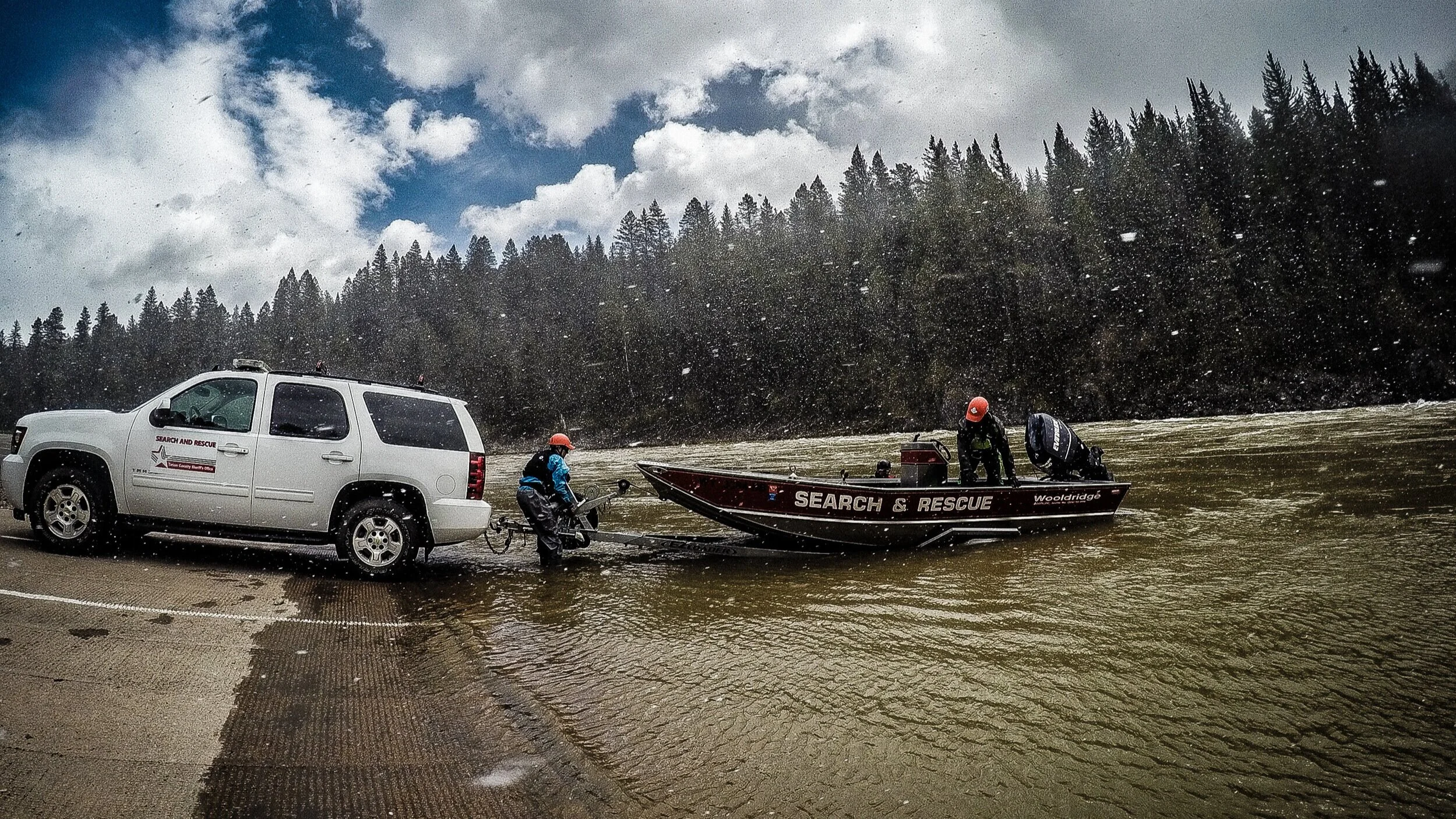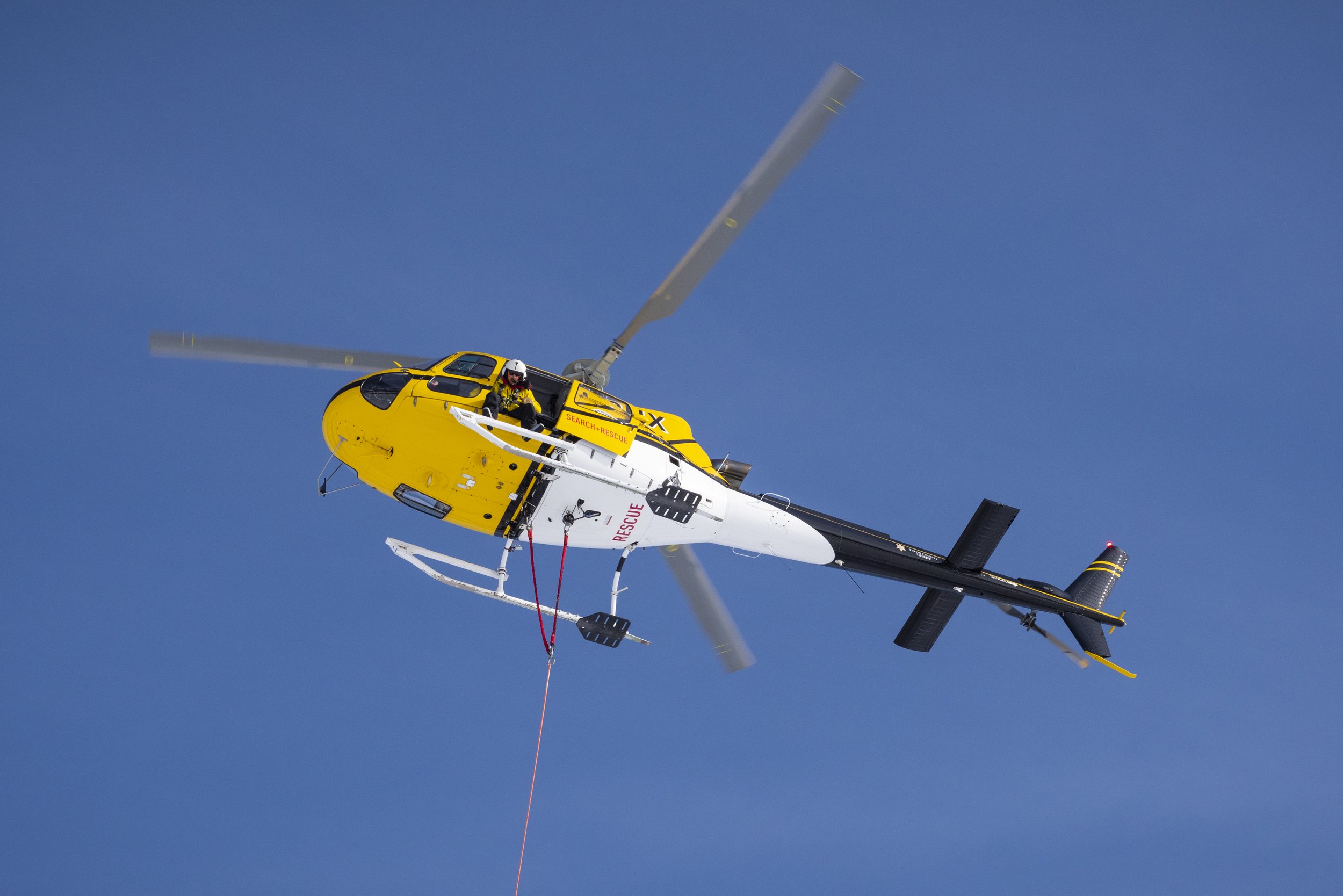It’s important to point out that all rescues performed by TCSAR are free of charge, and that the cost of those rescues are reimbursed by the state of Wyoming or National Park Service. Those reimbursements go directly back to the county, not the Foundation. In 2021, those reimbursements totaled around $99,000.
Only a handful of states currently allow people to be charged for rescues to varying degrees. Wyoming does not charge for rescues. In our own county, there is no legal mechanism for the Sheriff or SAR team to collect reimbursement from a private individual who has been rescued. Changing this system would require years-long efforts to persuade the state legislature to adopt a new statute for the entire state.
Meanwhile, callouts for TCSAR continue to occur at a record pace—meaning the team has to figure out how to solve these problems today. Just in the last month, TCSAR has had to request the interagency helicopter from Teton Helitack seven times. Because TCSAR does not have a ship on contract from June 1 to October 1, the team must get these heli requests approved by federal agencies, which are busy fighting fires and doing their own rescues in Grand Teton National Park. Without these requests being approved, the accidents we’ve seen this summer could have had drastic, life-altering consequences.
In states like Utah and Colorado, SAR cards help defray some cost to SAR teams, but by and large, counties in those states still don’t charge for rescues. Essentially, the cards are a great way for people to express their support for Search & Rescue services, but the cards don’t act as insurance or intend to cover the full cost of every individual rescue.
In Wyoming, SAR funding comes from the sales of hunting and fishing licenses, grants, and voluntary donations. In Teton County, TCSAR is additionally blessed to have such generous community support through events like Old Bill’s.









